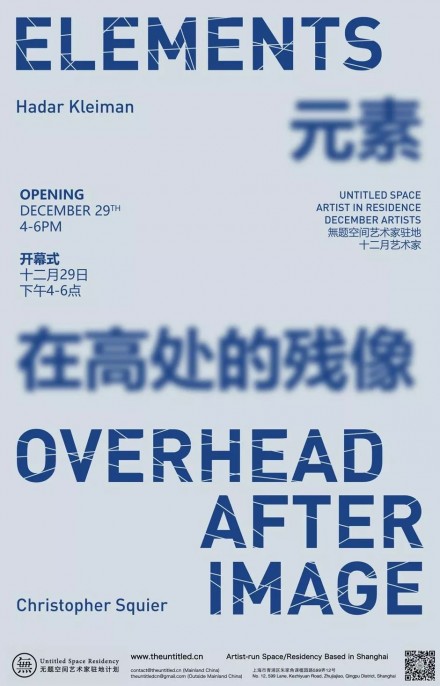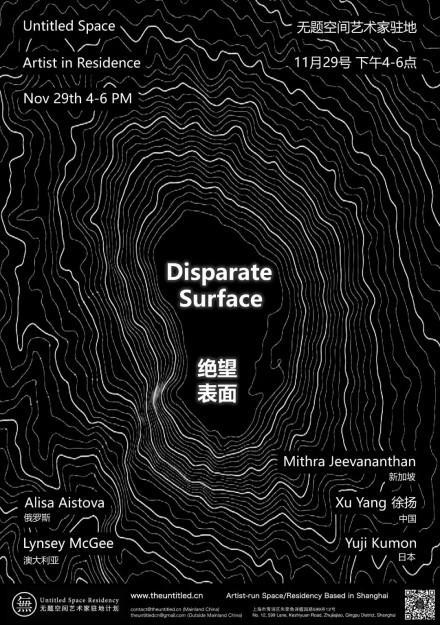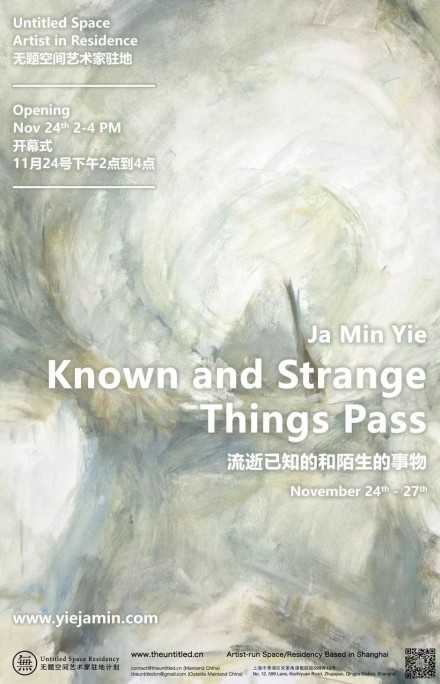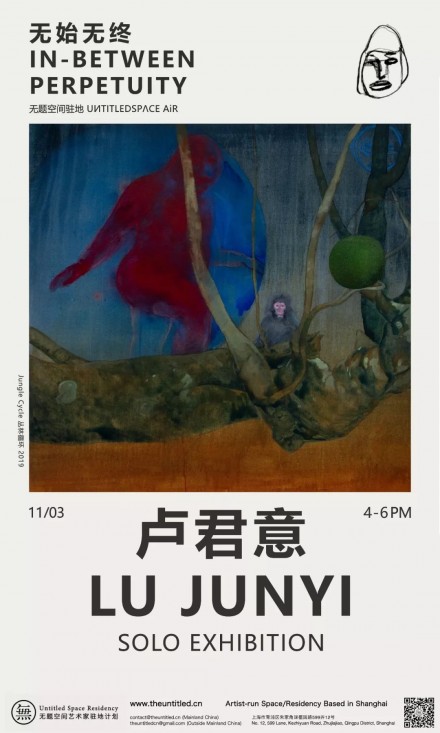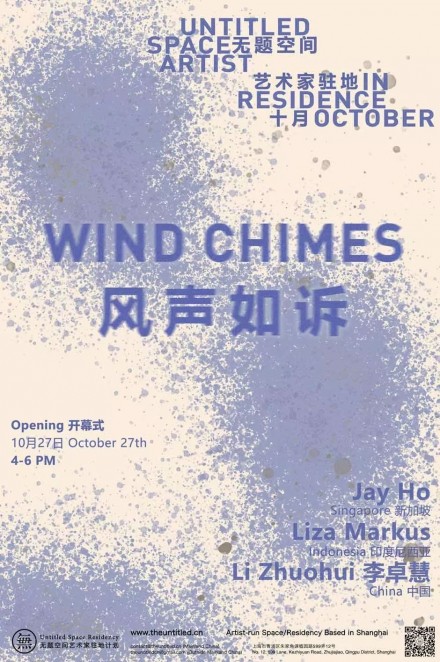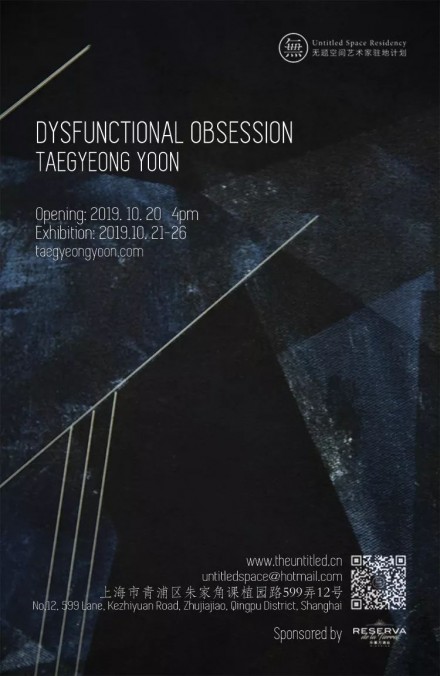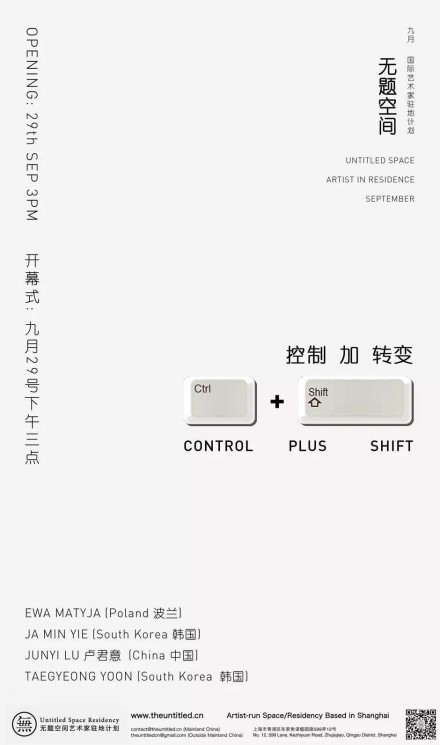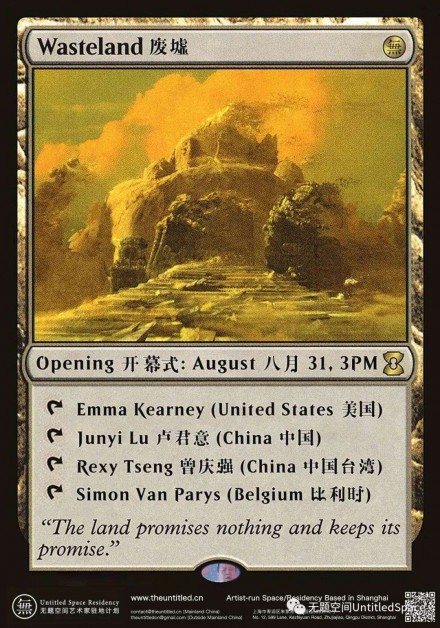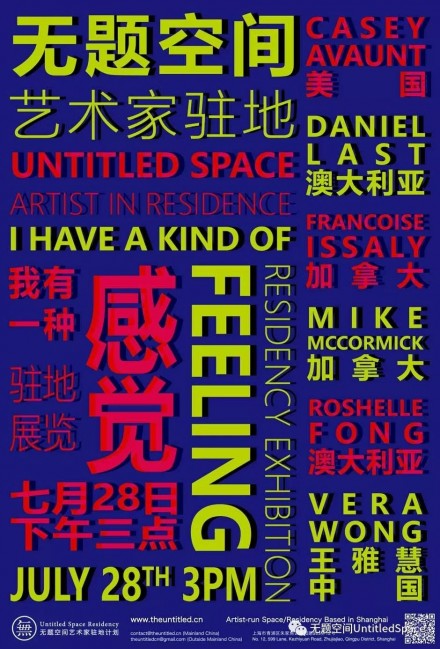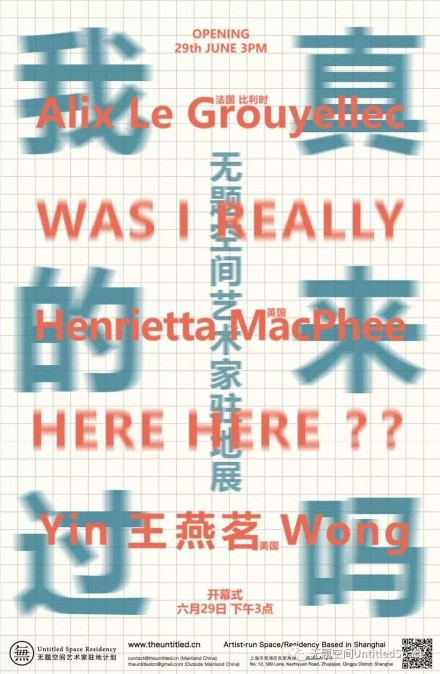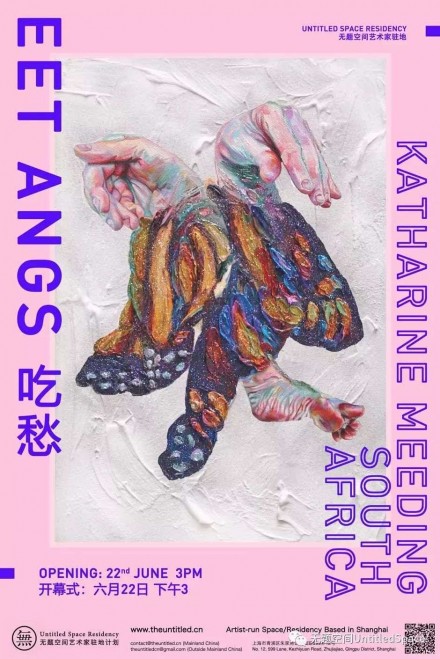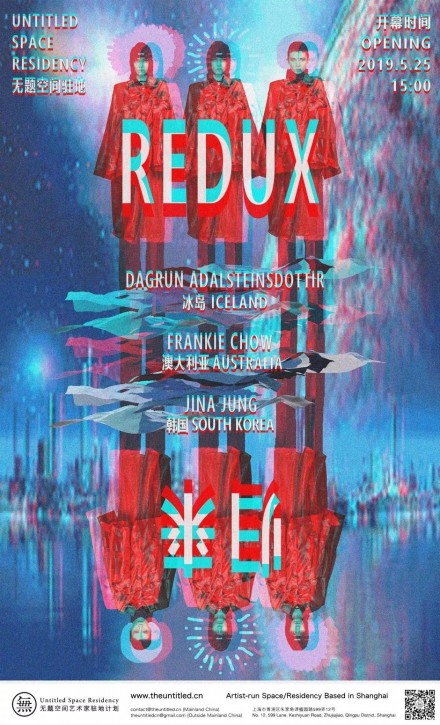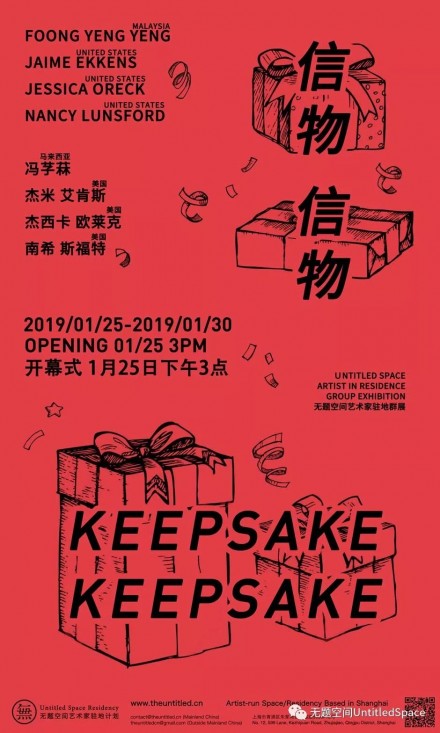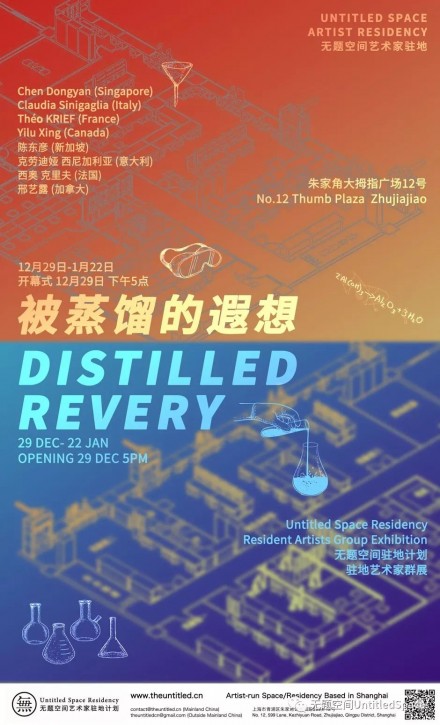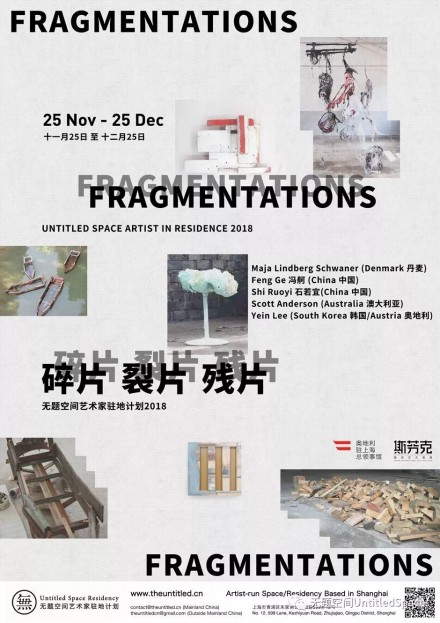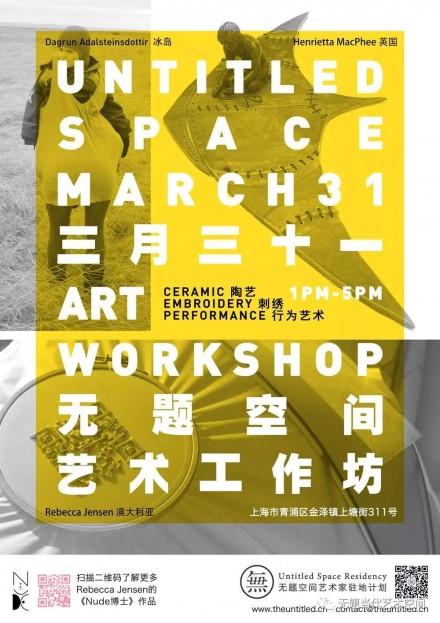[超]灾变论 [Hyper-]Catastrophe Theory 舜 Shun
无题空间UИTITLEDSPΛCE️®️
今年第一个展览
驻地艺术家舜(Shun)个展
[超]灾变论
[Hyper-]Catastrophe Theory
疫情的突如其来
打了所有人一个措手不及
无题空间也被迫
关闭了三个月
本来今年预定好的
艺术家和合作机构
也纷纷取消或推迟
年后收到的每一封邮件
都让气氛越发的沉重
不管怎么样
展览要继续
驻地要继续
艺术也要继续
让我们再聚聚
让我们再喝一杯
让我们再聊聊艺术
让我们再看看新作品
开幕式 OPENING
5月3日 4 PM
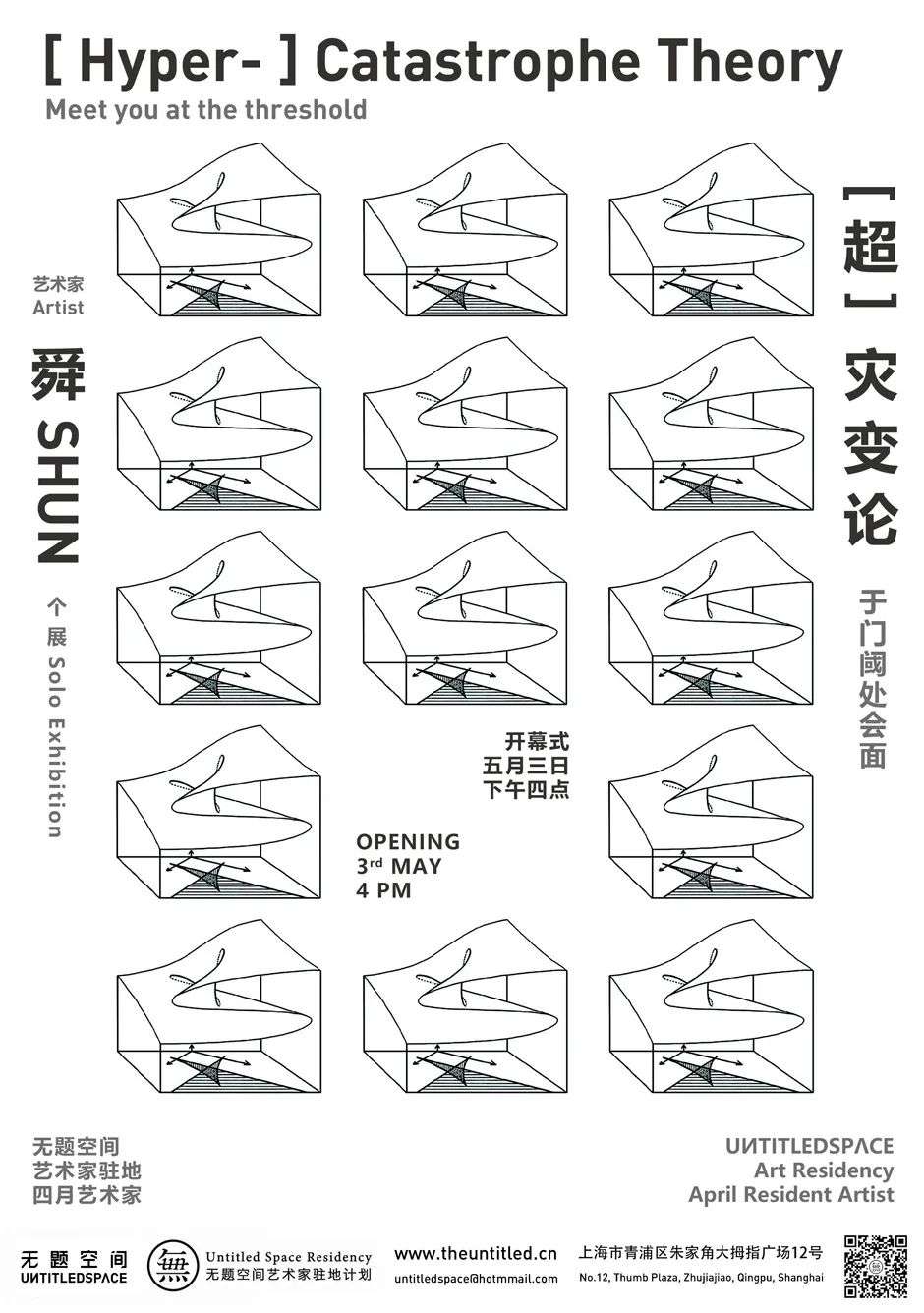

舜是一名年轻的艺术家,目前居住在英国和中国大陆,毕业于伦敦金史密斯学院,获得艺术硕士学位。她的艺术实践始于2017年的视频装置艺术,在此之前,她曾于2013-2015年在北京大学视觉研究中心(CVS)担任研究助理,之后她的艺术实践一直受到研究和哲学理论基础的驱动。
在伦敦,她参加了Slade美术学院 (UCL)暑期项目的群展,并于2019年9月在伦敦金史密斯学院Curzon影院放映了她的最新短片。即将参与的项目将是5月份在伦敦、索非亚和贝尔格莱德举行的多地点协作活动“Cooltsalon #3”。
《之外》世界和《其他可能性》是她目前作品的主题,而对于精神分析理论的关注、(反)人类世和后人类环境是她所借鉴的通径。作为一名新兴的艺术家和影像创作者,她所受到的当代艺术教育和她所处的多元文化环境一直激励着她去探索视觉表达与感知的各种可能。
Shun, a young artist currently based in the UK and mainland China, graduated from Goldsmiths College in London as a Master of Arts. She started her artistic practice from video installation in 2017, before that, she had worked in the Center for Visual Studies (CVS) in Peking University from 2013-2015 as a research assistant, and her later artistic practice has always been driven by research and philosophy theoretical base.
In London, she has participated in Slade (UCL) summer school group show and screened her latest short film at Goldsmiths Curzon Cinema last September. The upcoming project would be the multi-site collaborative event “Cooltsalon #3′ presented in May, across London, Sofia, and Belgrade.
“Outsideness” and “alternative possibility” are the main theme of her current work, the concern for psychoanalysis theory, (anti-)Anthropocene and post-human circumstance are the strategies she used to approach to it. As an emerging artist and filmmaker, her educational background in contemporary art and the mixed culture environment she lives in has always been inspiring her to explore different possibilities of visual expression and perception.
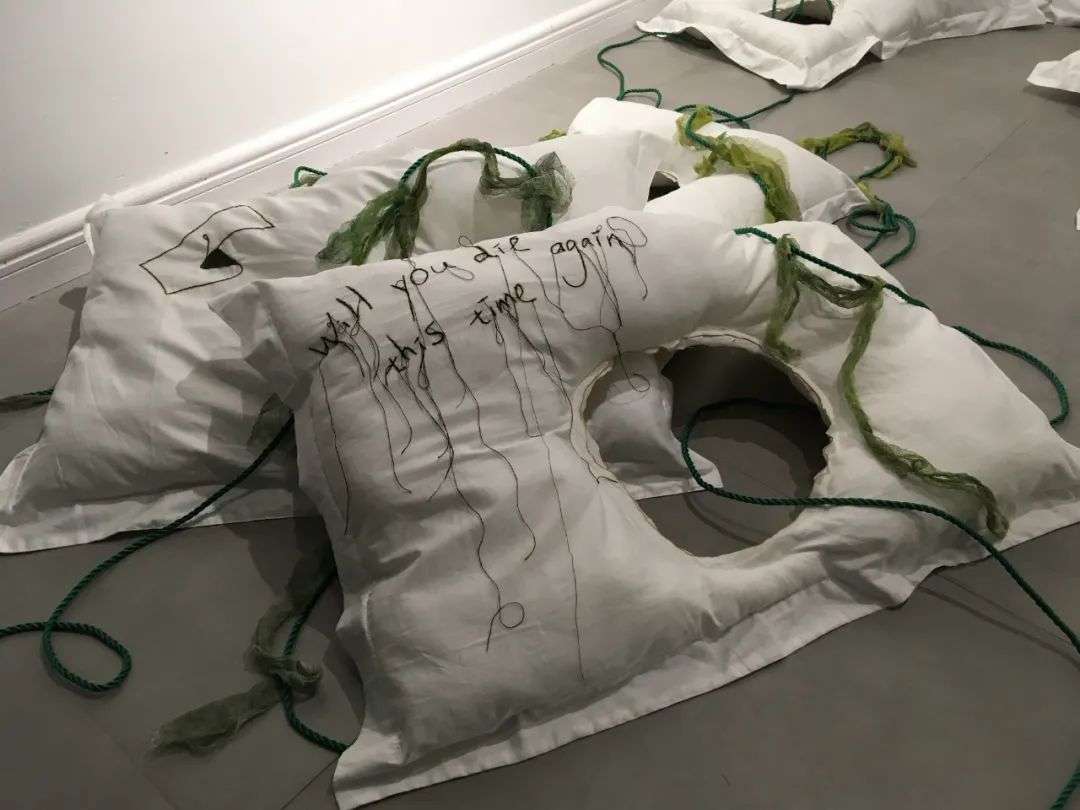
创伤是裂口,它指引着我并作为一种通径引导我通向另一种可能性和“之外”世界。对创伤的关注从来都不只是一种解决问题的工具,而被仅仅认为是只能限制于个案研究的范畴中;它实际上指向了一种更为普遍、更为根本的关于冲突、介入和存在的机制,其与有机体和无机体都紧密相关。然而,关于创伤经历的案例研究也是具有重要意义的,这是原型构建过程中不可或缺的第一手信息来源。弗洛伊德的文章,超越享乐原则(Beyond the Pleasure Principle),深刻地塑造了我对于创伤的认识;他关于有机体是如何对外界刺激作出反应的假设带出了关于“囊(vesicle)”的比喻,以及更为重要的,保守性本能的原则以及趋于恢复到早先状态的倾向性。“囊”这一原型进一步地催化了我对于拓扑学和图示的兴趣,这引向了一个视觉化和抽象化的方向。而后者,弗洛伊德的分析中最为基本的原则,它超越了对享乐的需求,并导致了对于重复的强迫冲动,它促使我更深入地审视创伤经历,尤其是由它所引发的感知和精神上的紊乱;从某种意义上说,在这种紊乱中,我窥见到了一种含糊不明的可能性,它向我喃喃低语,令人不安而震颤地低语着一种能够脱离时序叙述逻辑和主导性现实的途经。
Trauma is the breach, it guides me and functions as an approach for me to the alternative possibility and the Outside. The concern about trauma has never been just a problem-solving tool which only can be suggested to stay within the study of individual cases; it actually points to a more general, more radical mechanism about conflict, irruption, and existence, which relates to both the organism and the inorganics. However, the case study about traumatic experiences is also significant, it serves as an indispensable first-hand information source for the prototype building process. Freud’s writing, Beyond the Pleasure Principle, has profoundly shaped my perspective about trauma; his hypothesis about how the organism reacts to the external stimuli brings the metaphor of “vesicle”, and more importantly, the principle of conservative instincts and the tendency to restoring to the earlier state. The “vesicle” prototype has further catalyzed my interests in topology and diagrams, which leads to a visualized and abstract direction. And the latter, the most fundamental principle in Freud’s analysis, which beyond the needs of pleasure and leads to the compulsion to repeat, it pushed me to look deeper into the traumatic experience, especially the sensory and the mental disorder aroused by it; in some sense, within this disorder, I had an ambiguous glimpse of a kind of possibility which keeps whispering to me, disturbingly and thrillingly, about a way of detaching from the chronological narrative logic and the dominant reality.
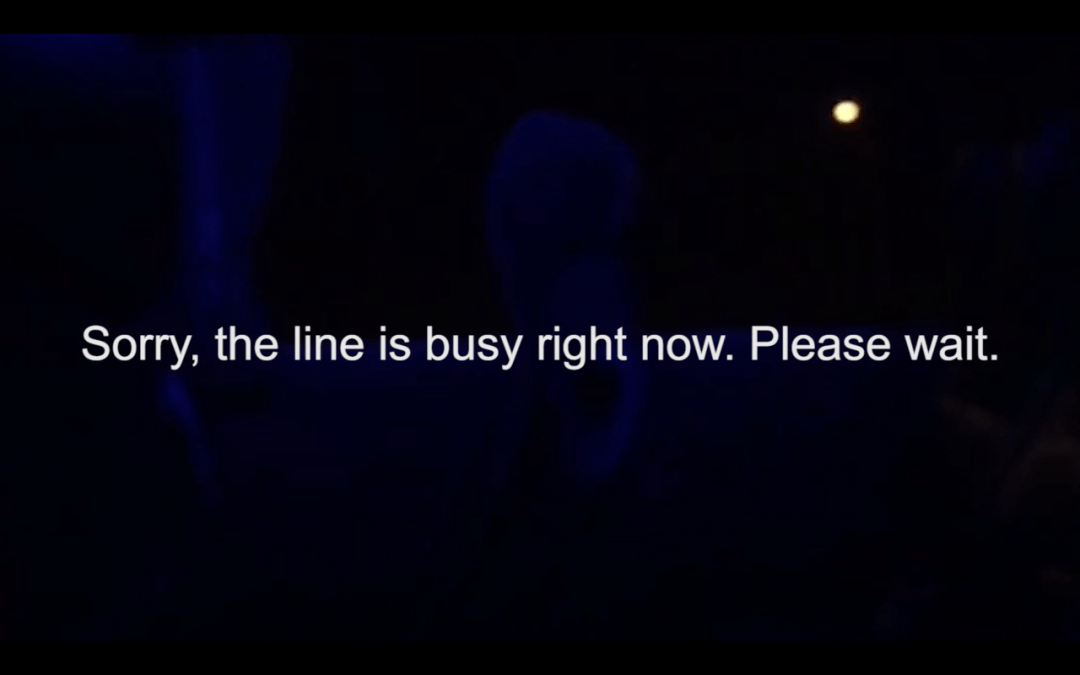
从系统的角度看,René Thom的灾变论(Catastrophe Theory)对非连续性结构以及由不可预测的变化所造成的影响提供了一种更为概括性和客观的描述——这可以与弗洛伊德提出的关于由不可承受的刺激所引起的创伤反应的描述相并置。对于灾变论系统的简化版描述可以展现为一个玻璃杯的破碎过程:一个玻璃杯放在桌子上,然后它被从这张桌子上推下去之后摔在地上摔成碎片——从一个完整的玻璃杯到地上的碎片,这是从一种稳定状态到另一种稳定状态之间的转变,而这两种稳定状态之间有一个完全的不稳定状态就是这个玻璃杯的摔落过程。这个不稳定状态表现为原本光滑的稳定表面的一个曲面,也可以根据改变发生的不同程度将其视之为一种崩塌。灾变论是一种极具启发意义的理论模型,尤其是针对非连续性和不稳定性而言,然而,对于创伤性冲击,不稳定的崩塌仍渴求着更多扭曲的凝视和变形的想象。
From a perspective of the system, René Thom’s Catastrophe Theory provided a more general and objective description of the non-continuity structure and the impact caused by unpredictable changes—which could be juxtaposed with Freud’s words about the traumatic reaction caused by unbearable stimulations. A simplified version of Catastrophe Theory’s system can be expressed as the broken process of glass: a glass placed on a table, then it is pushed down from this table and falls into pieces on the ground—from an unbroken glass to the pieces on the ground, this is one stable status transforms into another stable status, while between these two kinds of stable there is a complete unstable status which is the falling process of this glass. The unstable status presents itself as a curve of the original smooth stable surface, it also can be seemed like a collapse according to different extents of the changes. Catastrophe Theory is an inspiring theoretical model especially for the uncontinuity and the instability, however, for the traumatic impact, the unstable collapse still yearns for more twisted gazing and distorted imagination.
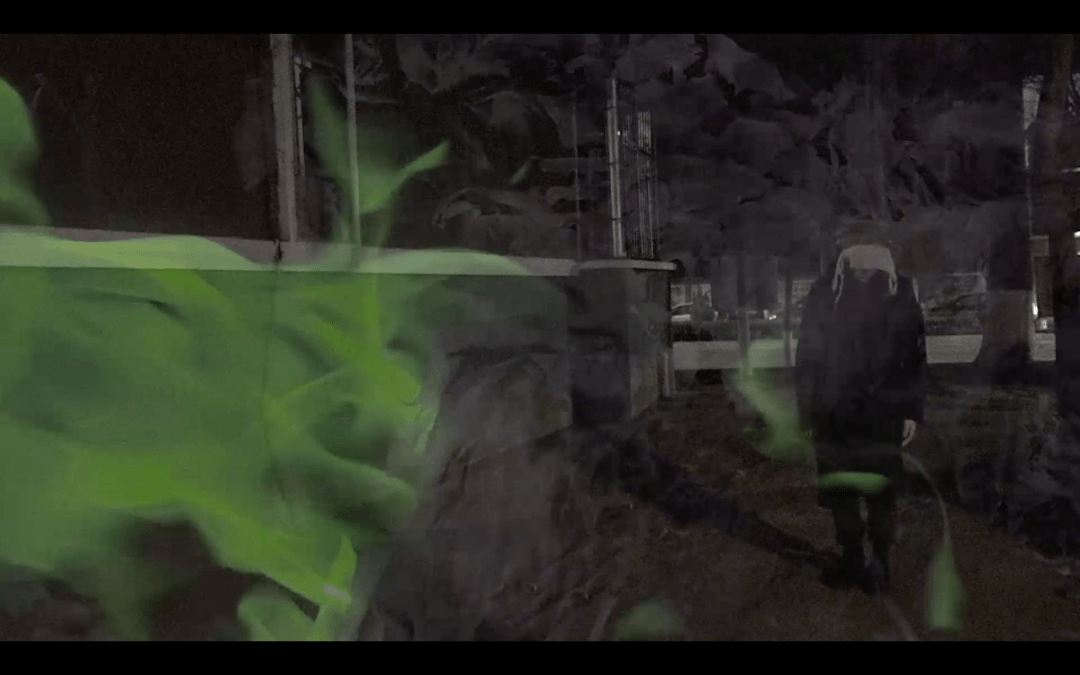
回到一种基础性的视角,我们的记忆是一个针对现实的同步数据录入进程,当不可预测和不可承受的变化发生时,现实所产生的外部信息流会崩塌于这个录入进程之上,击穿它的运行秩序,进而导致系统错误。这个错误节点包含着从外部侵入以及原始进程中断而带来的巨大能量,能量不断聚集和积累,最终形成了一个具有极高密度和质量的旋转核——就像是黑洞一样。此外,这个错误节点不仅仅会给变化所发生的地方带来破坏性影响,考虑到这个黑洞漩涡的质量,它将会产生巨大的引力并且这将会给之后的进程也造成辐射性的影响——而这就恰恰是创伤后应激障碍中的强迫回忆(obsessional reminiscence)所发生的方式。
Back to a fundamental point of view, our memory is asynchronous data recording process of the reality, when the unpredictable and unbearable change happens, the external information flow produced by the reality will collapse on this recording process, break through the operation order of it, then causes system error. This error node contains enormous energy from both the external irruption and the interruption of the original process, then energy keeps gathering, and building up finally forms a spinning core that has extreme density and mass—just like a black hole. Furthermore, this error node does not only bring disruptive influences to where the change happens, due to the mass of this black hole vortex, but it would also produce immense gravity force which is able to generate radiative impact to the following process—and this is exactly how the obsessional reminiscence happens among the PTSD cases.
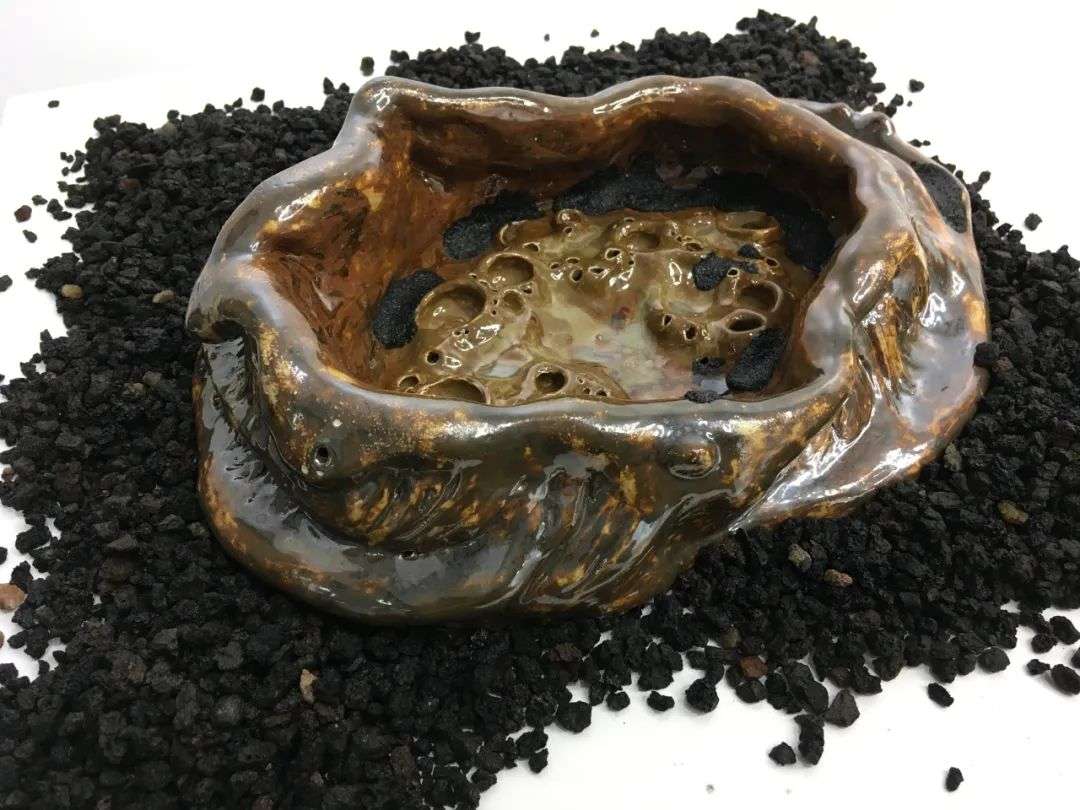
强迫回忆的机制是多层的、反时序分布的。这种多层化记忆结构的核心永远是创伤,它最初来源于外界;它带来压倒性的冲击并引发记忆进程的应激反应和自我保护,后者将会试图通过层层包裹这种创伤刺激来与之结合——在黑洞的指引下,一次又一次地回到你从未离开过的地方——直到所有层次相互交缠在一起,构建出莫比乌斯(Möbius)。在这个意义上,灾变曲面就是莫比乌斯式扭曲,它实际上是打开了通往更广阔现实的门阈;通过这个门阈,我们可以同时是静止的和无常变化的,系统化的和混乱的,在这里的和在那里的,现在的和不知何时的。
The mechanism of obsessional reminiscence is multi-stratified and anti-chronological distributed. The core of this multi-stratified memory structure would always be the trauma, which originally comes from the outside; it brings overwhelming impact to trigger off the stress response and self-protection of the memory process, the latter would try to bind the traumatic stimuli by wrapping it layer by layer—returning to the same place that you actually have never left again and again, under the guidance of the black hole—till all the layers tangle and intertwine with each other, a Möbius is built. In this sense, the catastrophe curve is the Möbius twist, it actually opens a threshold to a broader reality; through this threshold, we can simultaneously be static and volatile, systematic, and chaotic, here and there, now and don’t-know-when.
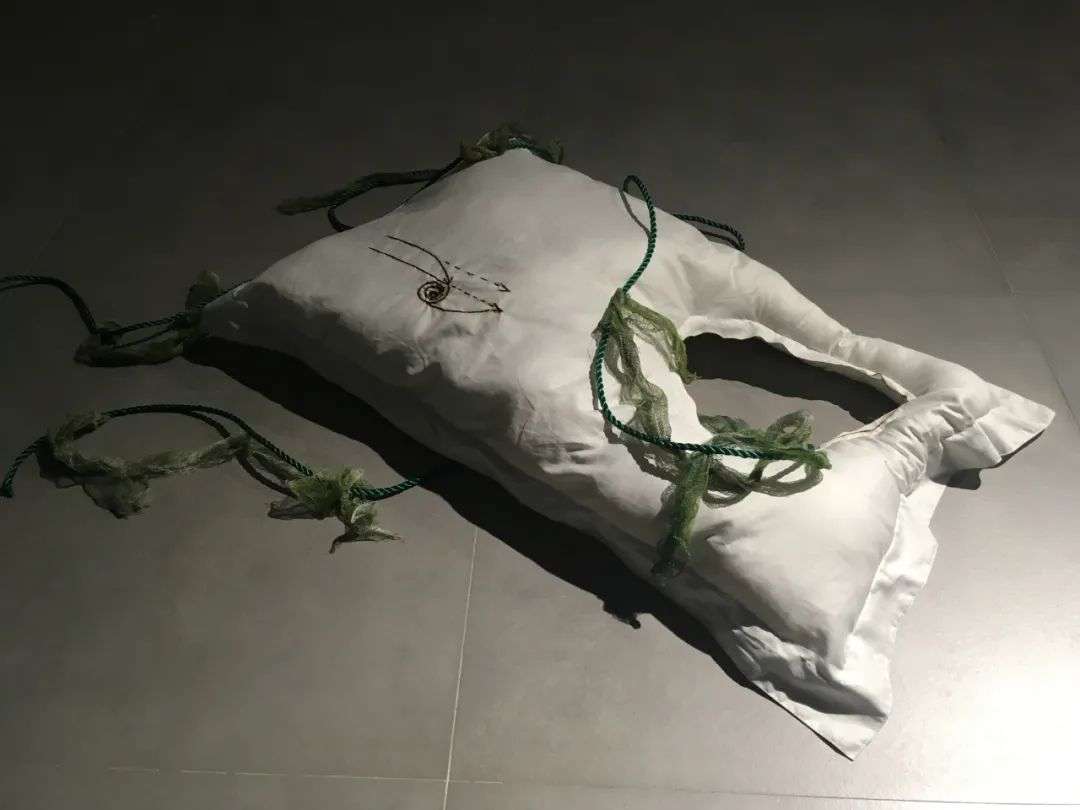
深入探究创伤对每个人来说都是至关重要的,它从来不仅仅是一个精神分析的问题,它是一个能够重新评估一切的途径。在绝大多数情况下,我们倾向于认为只有稳定的状态才值得我们的注意 — 一个完整的玻璃杯具有使用价值,而破碎的玻璃碎片需要被处理。我们是进化为只面朝着前方的头部聚合生物,同时我们的社会生产也在持续不断的向未来投射着消费需求,这进一步地压缩了我们的视野。生产机器是为过热而设计的,而不是为了不明原因的宕机而设计的,这使得它们本质上就与个体的精神障碍相互敌对,这种趋势人类世的背景下甚至变得越来越激化。因此,我们需要某种能够超越灾变论模型的东西,我们需要保持每一个伤口新鲜,并以此作为突破口来打开不稳定的曲面。在玻璃杯破裂之前发生了许多事情——有机体和无机体之间原始的分离,来自于过去的磷光之火在地壳下持续燃烧——我们需要跃身进入黑洞漩涡才能看到这一切。
Looking deeper into the trauma is essential for every being, it has never been just an issue of psychoanalysis, it is an approach for re-evaluating everything. In the vast majority of circumstances, we tend to presume that only the stable status needs our attention—an unbroken glass has the value in use, and the broken pieces need to be dealt with. We are the cephalization creatures who are developed to the only face forward, meanwhile our social production also further compresses our horizon by unceasingly posing demands for consumption into the future. Machines for production are designed for overheated not for inexplicable shutdown, this makes them inherently antagonistic to individual mental disorder, and this trend even has been increasingly intensified under the context of the Anthropocene. Therefore, we need something beyond the Catastrophe Theory model, we need to keep every wound fresh and take it as a breach to unfold the unstable curve. There is so much more happened before the glass broke—the primary separation between the organism and the inorganics, the phosphorescence fire that comes from the past keeps burning under the crust—we need to jump into the black hole vortex to see all that.

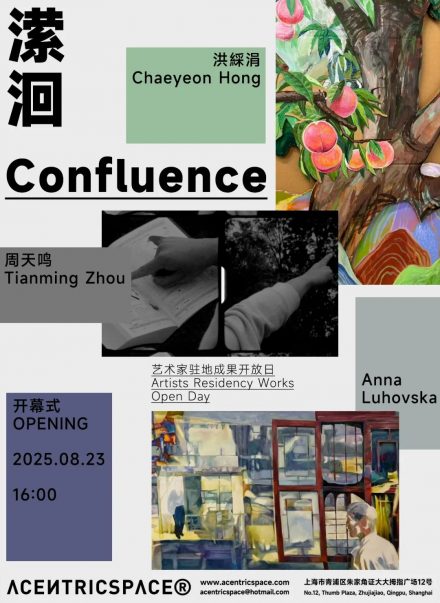

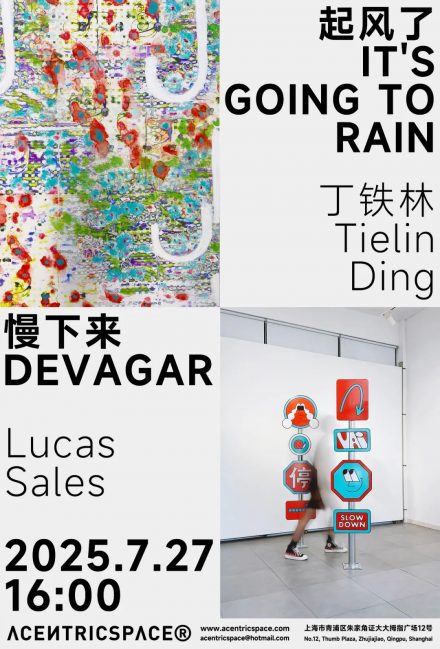
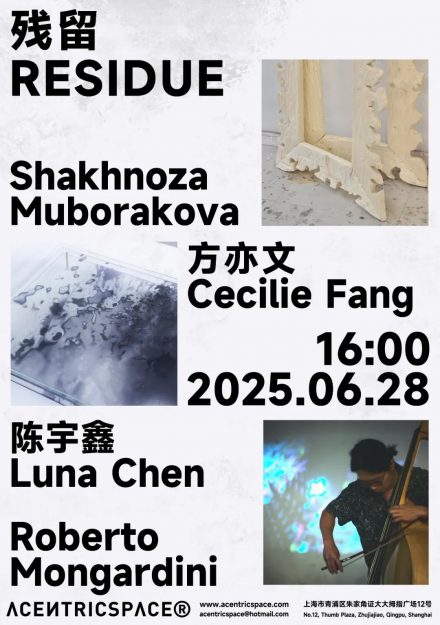
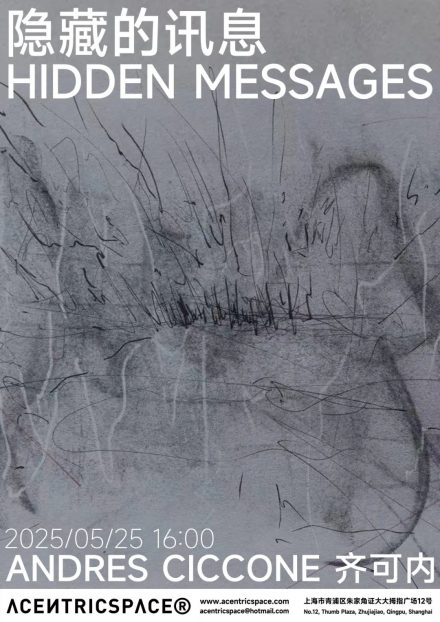
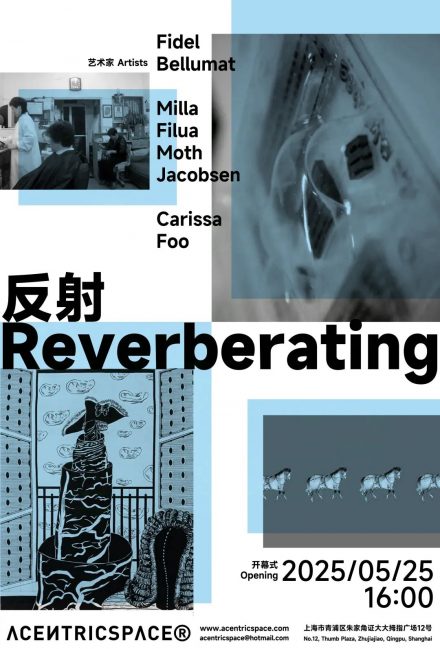
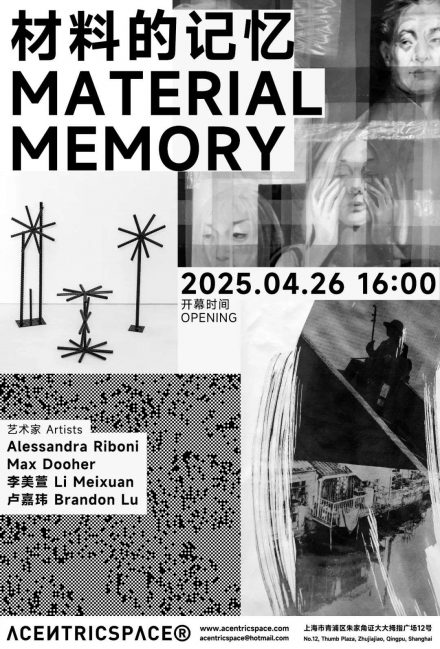
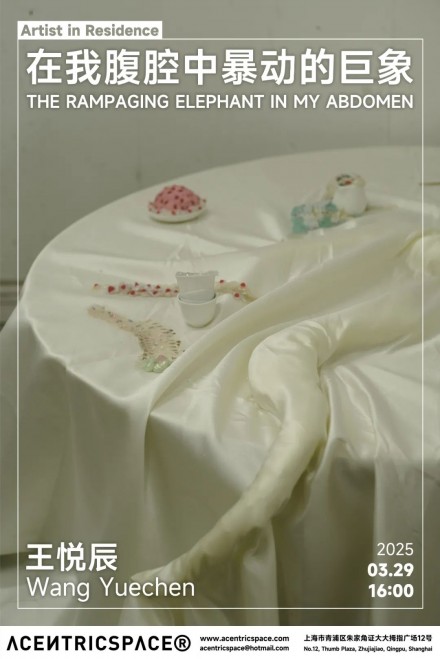
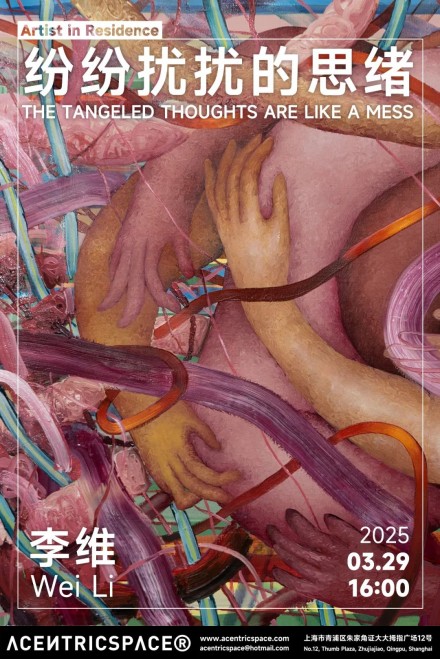
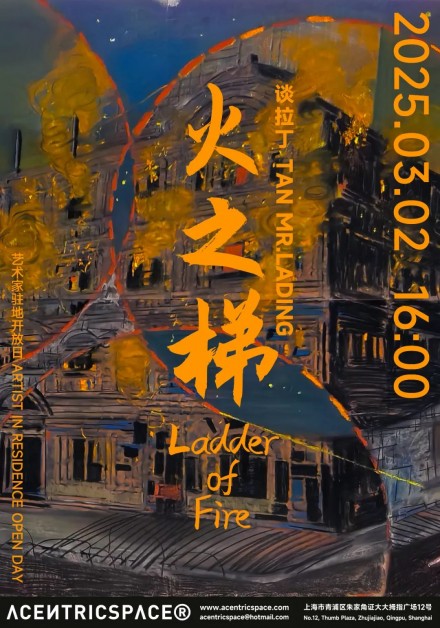
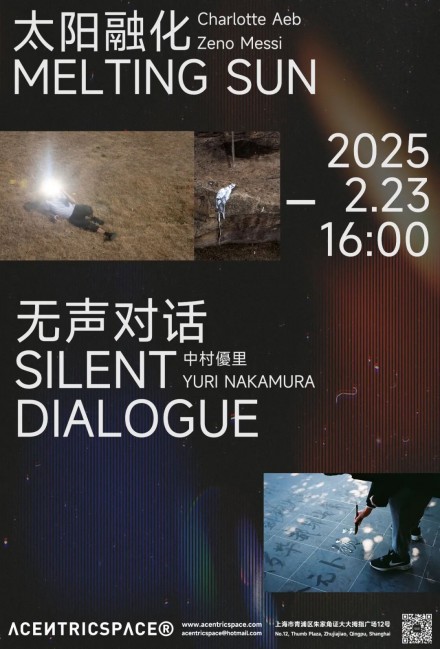
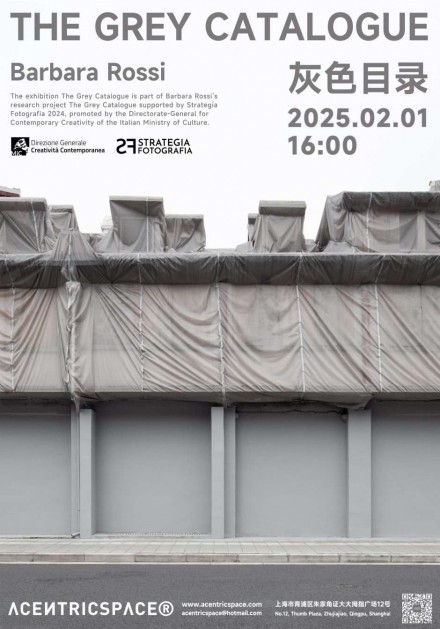
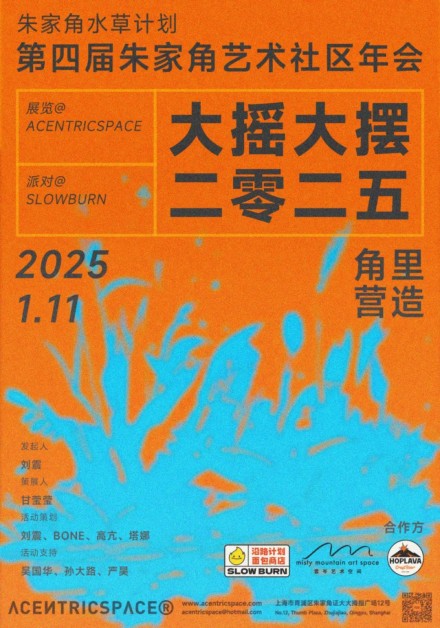
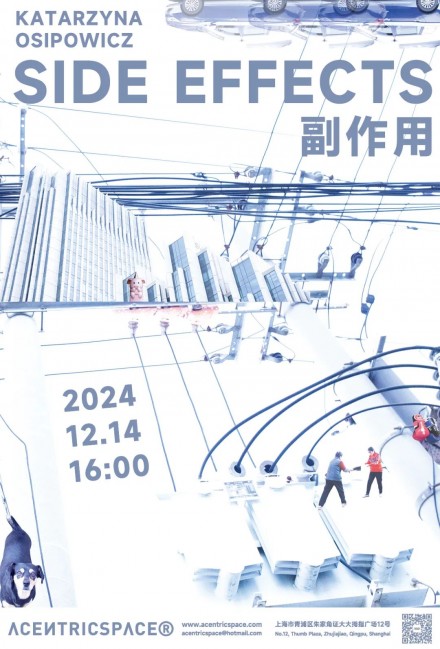
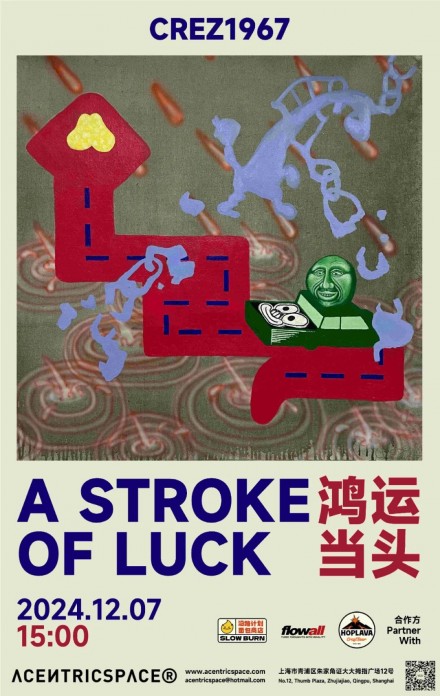
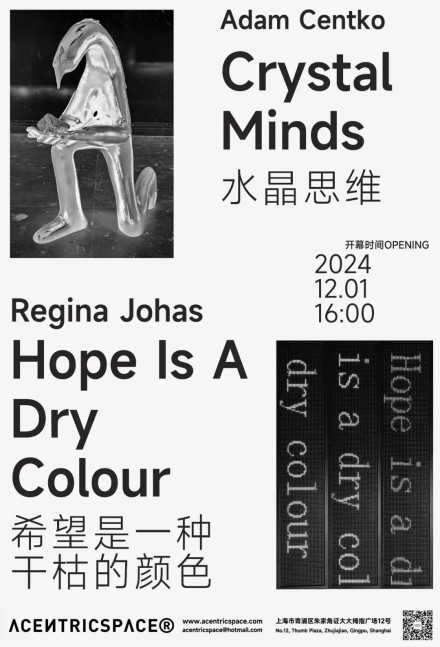
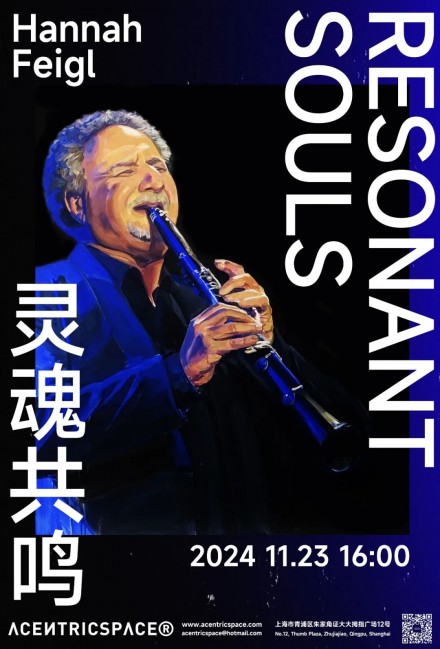

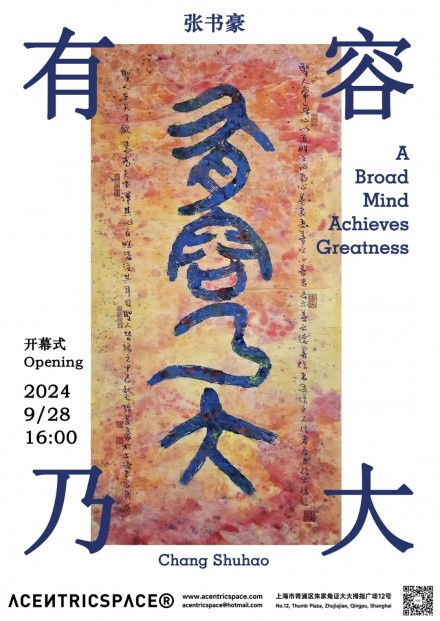
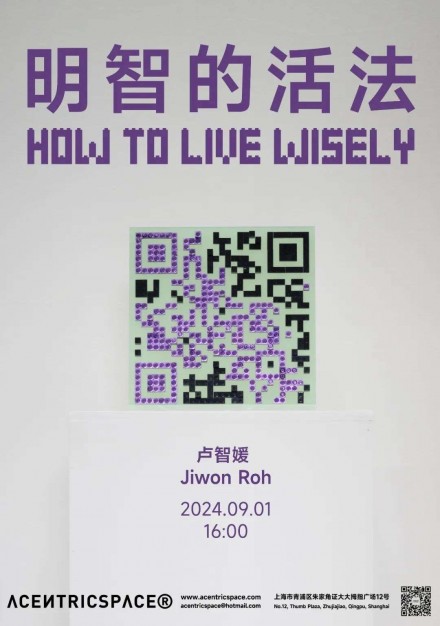
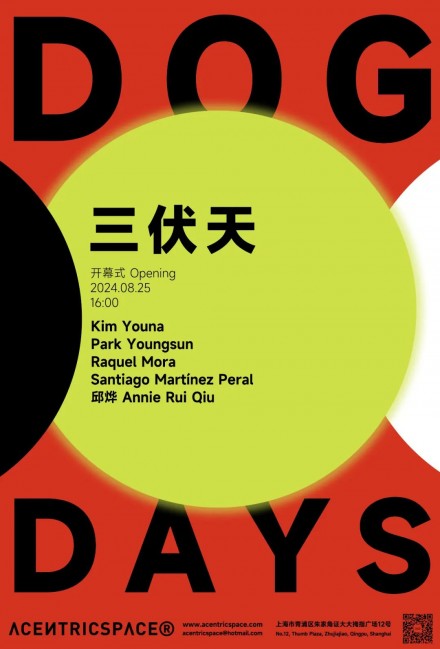
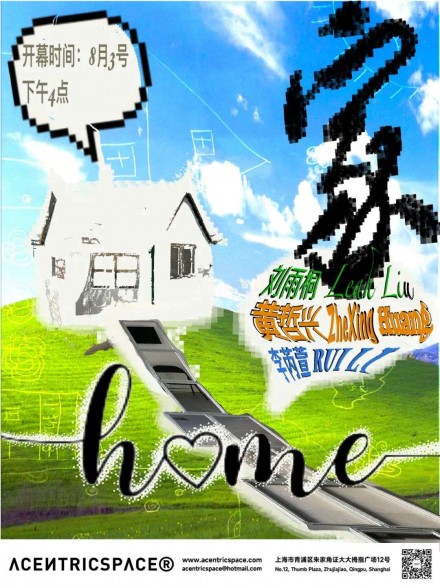
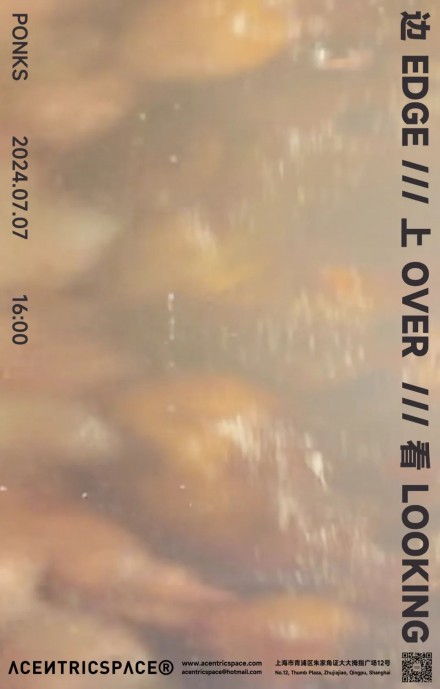
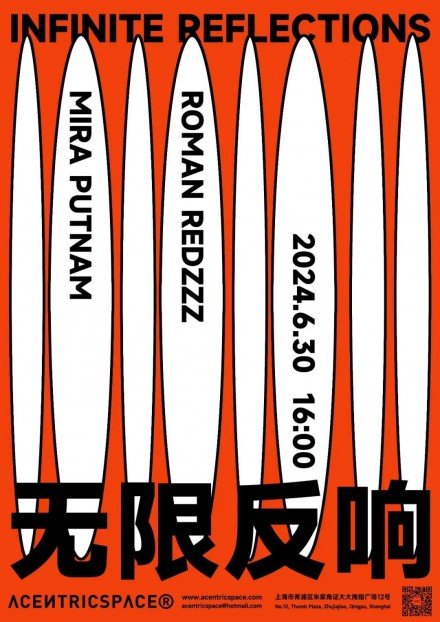
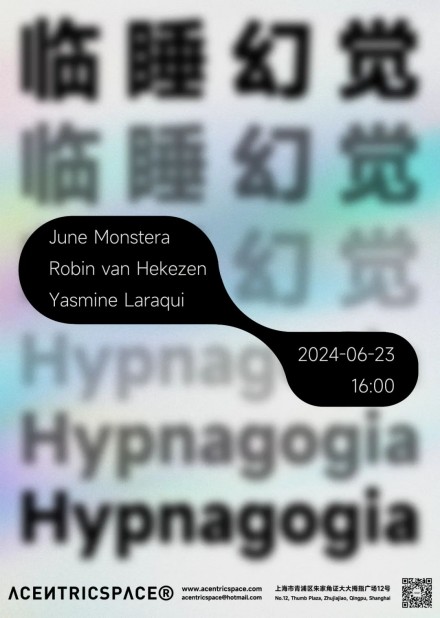
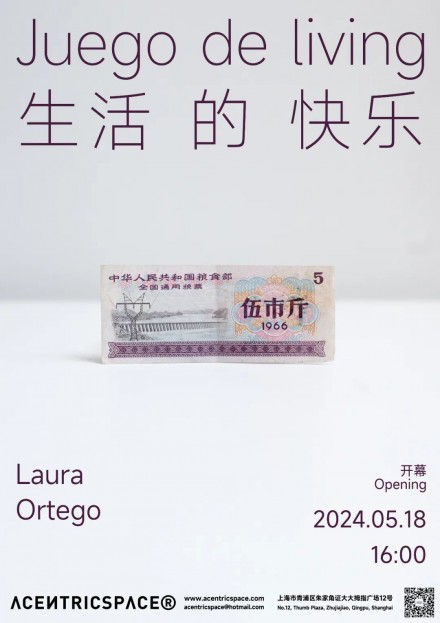
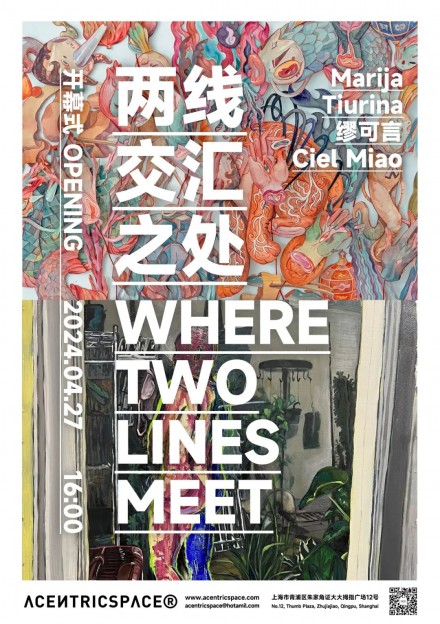
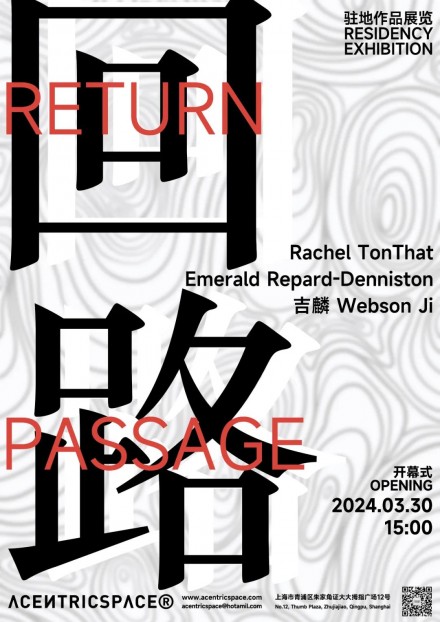
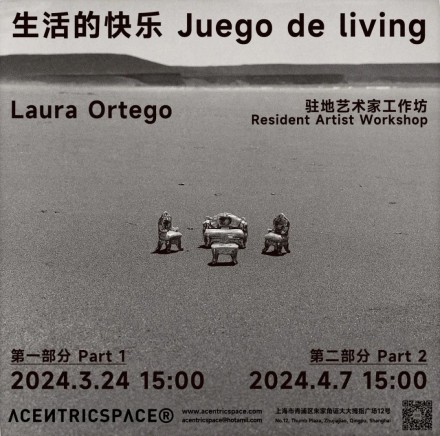
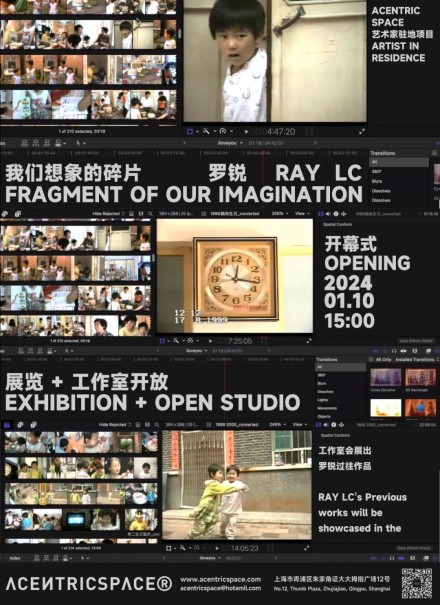
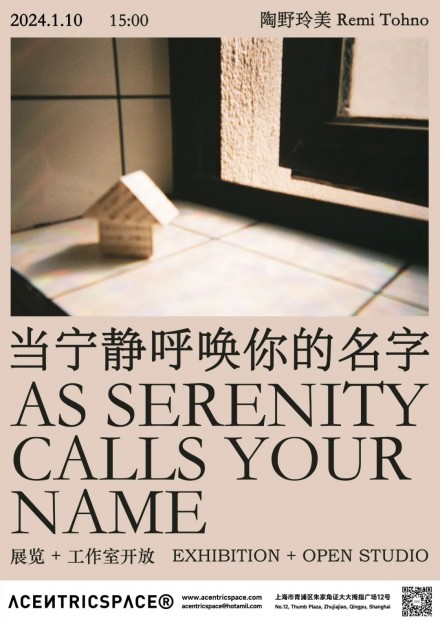
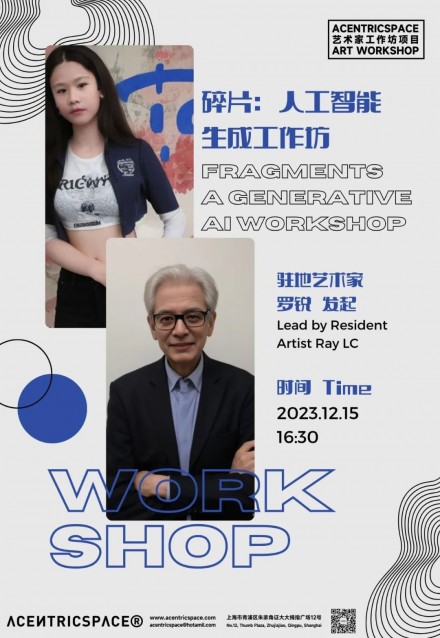
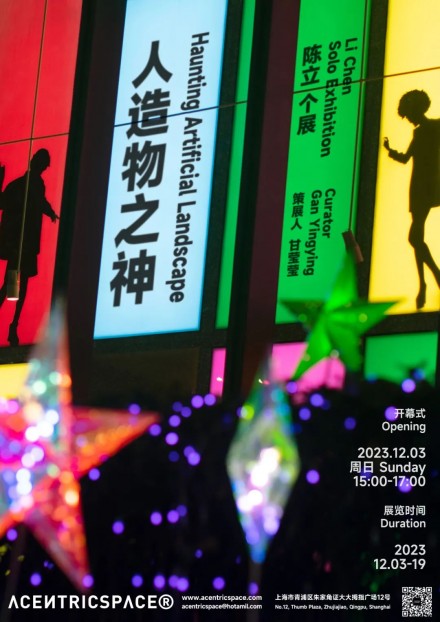
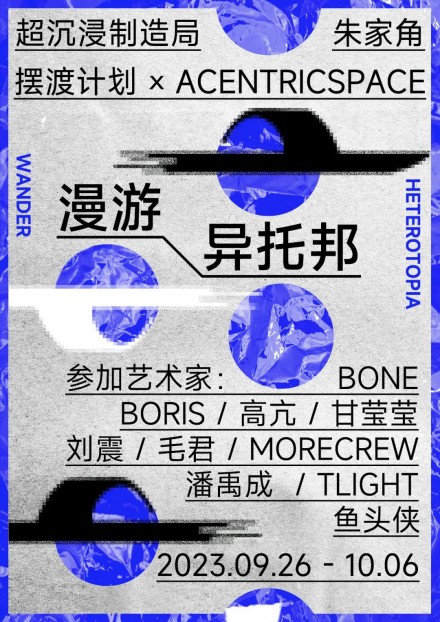
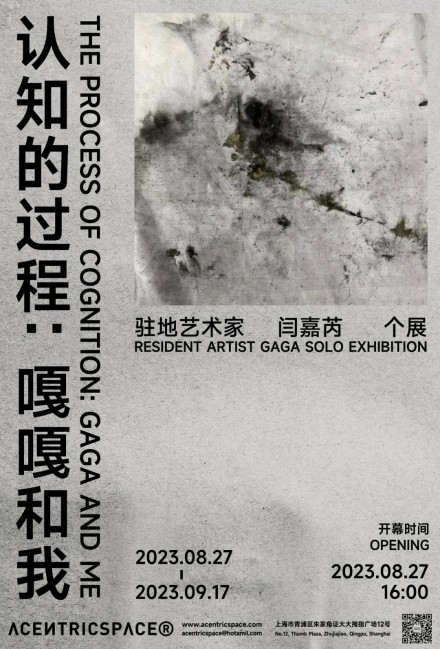
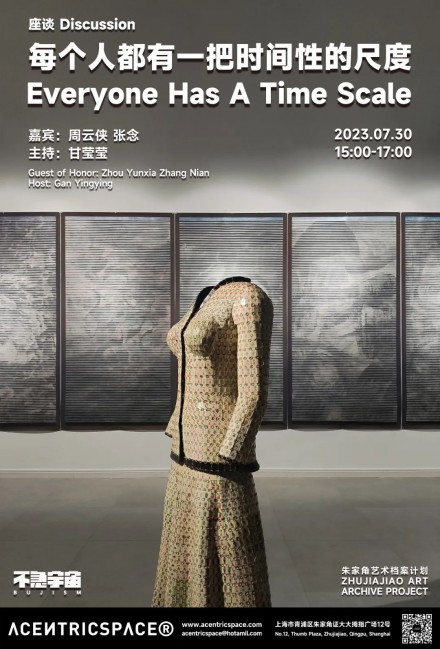
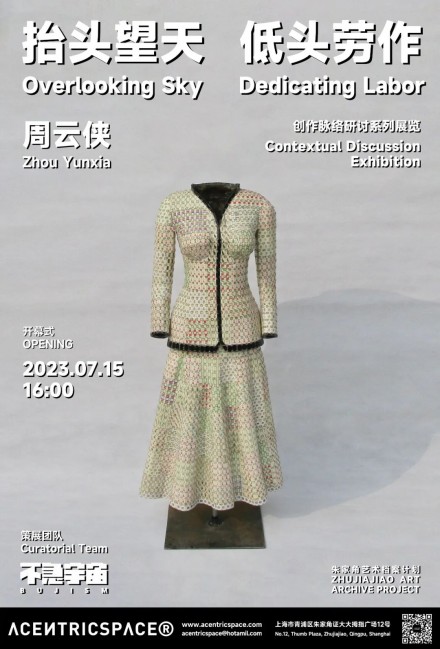
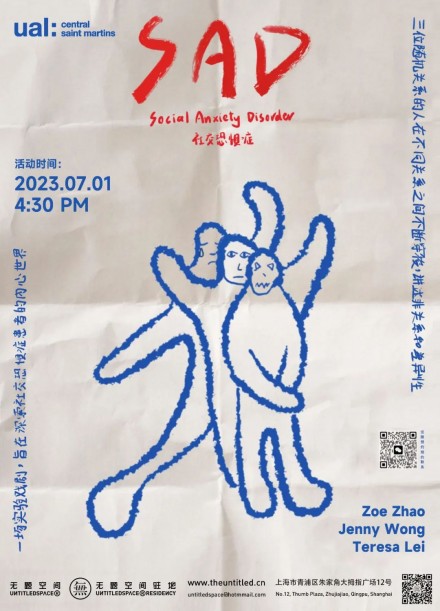
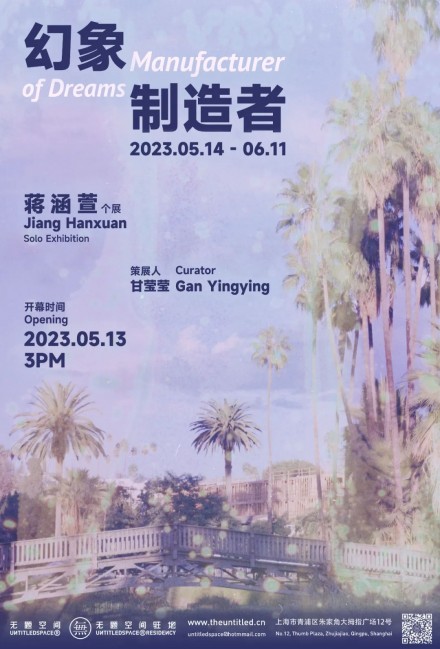
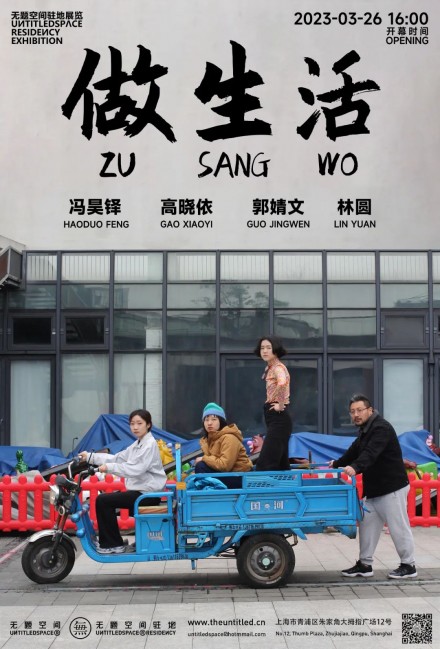

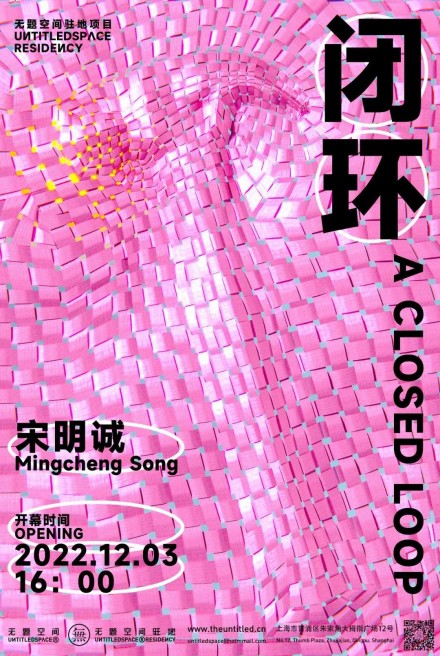


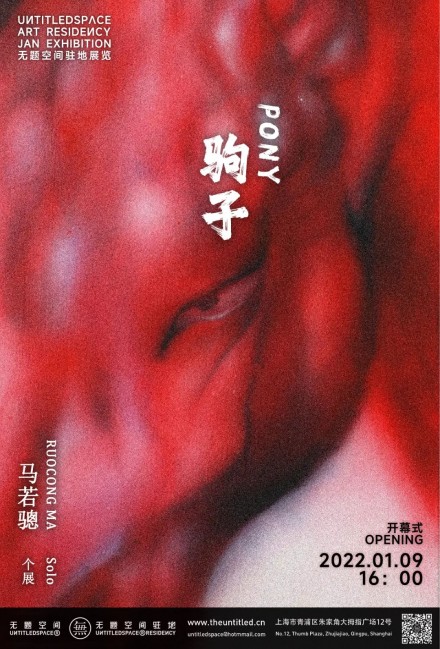

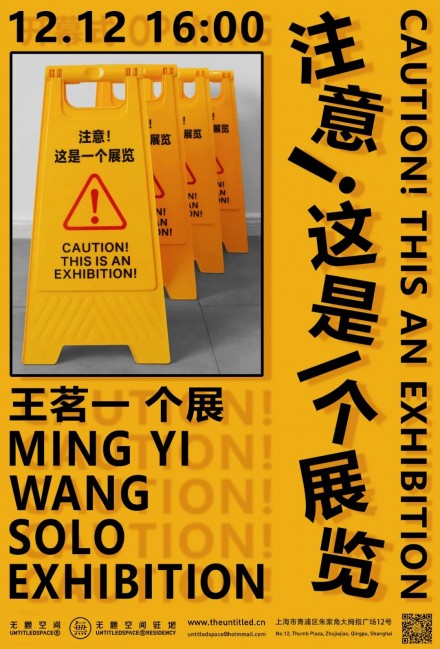
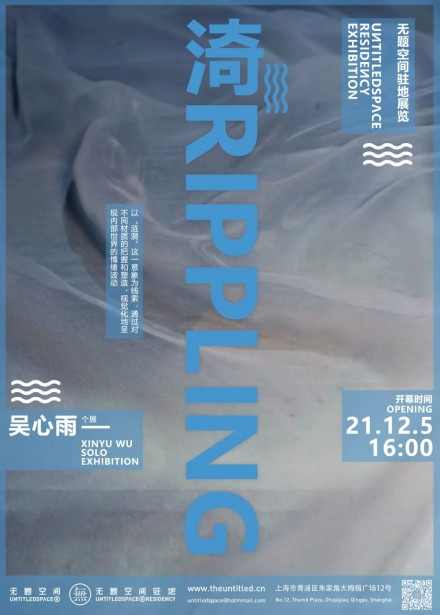

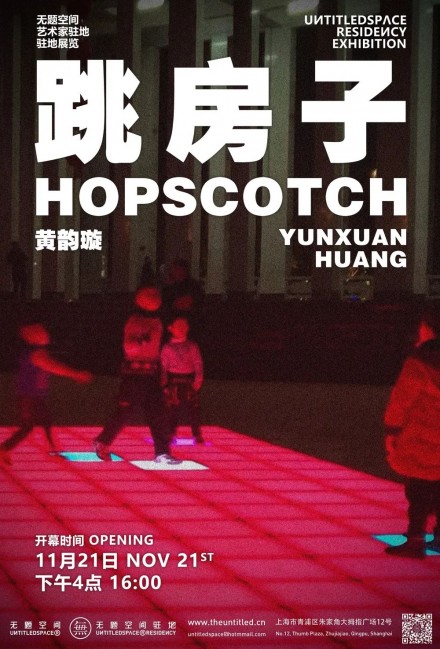
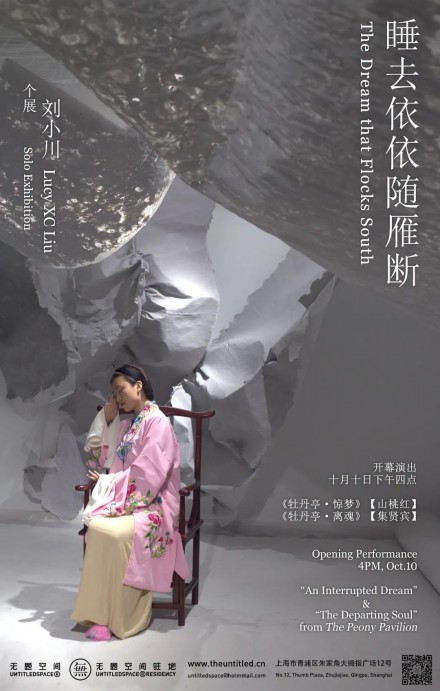
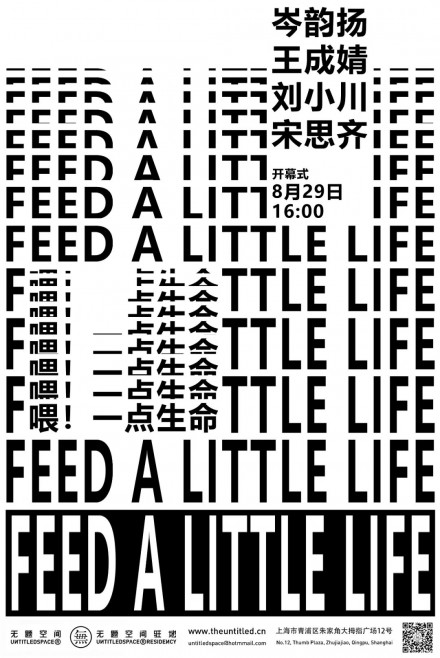

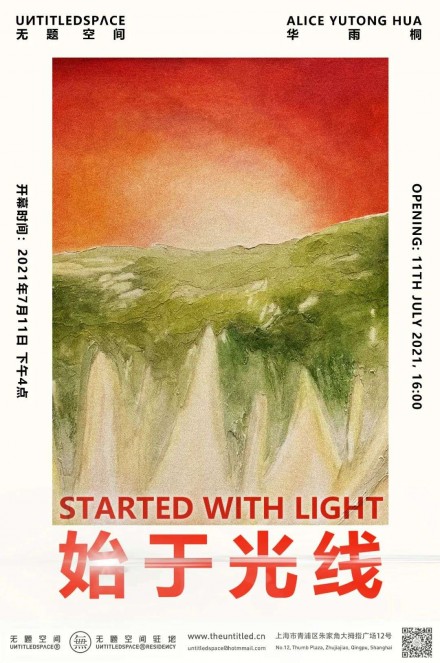

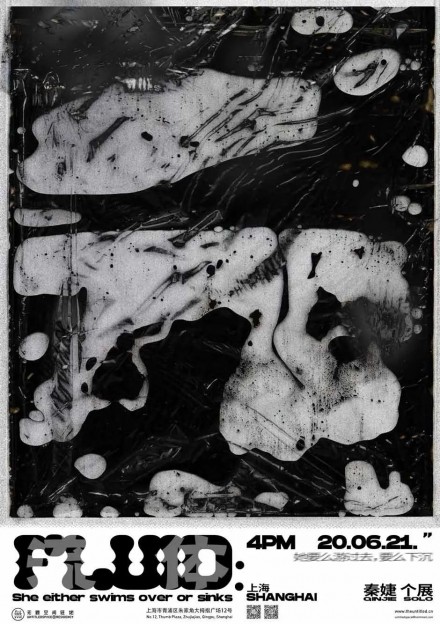
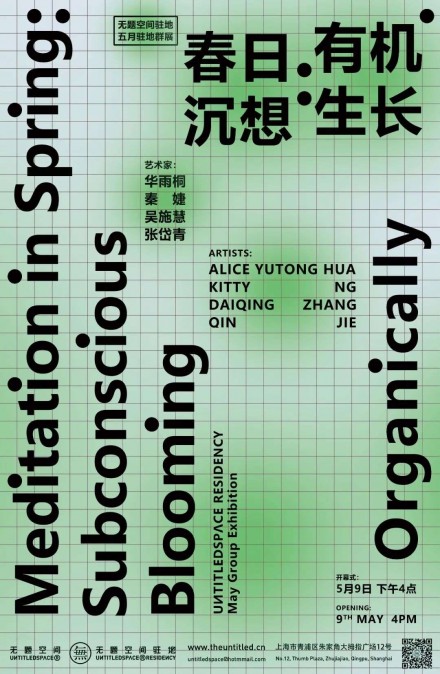


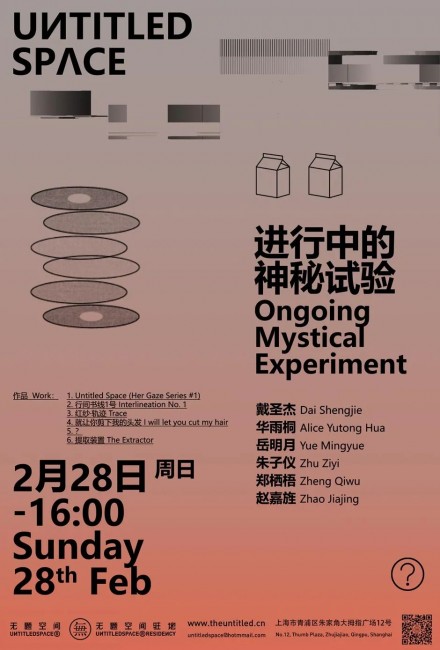
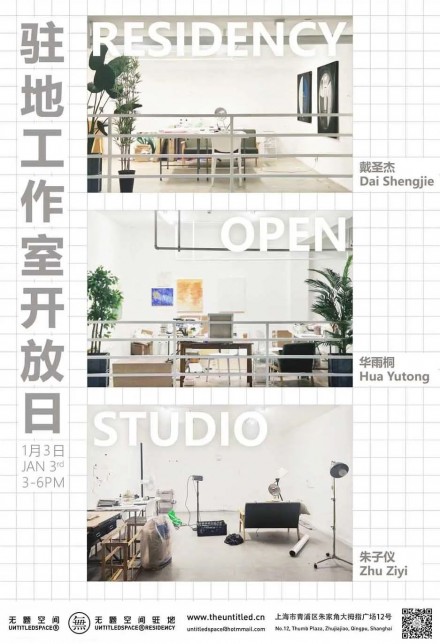
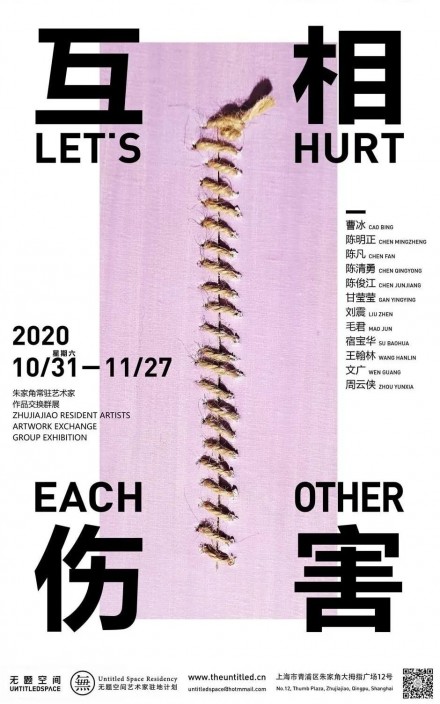


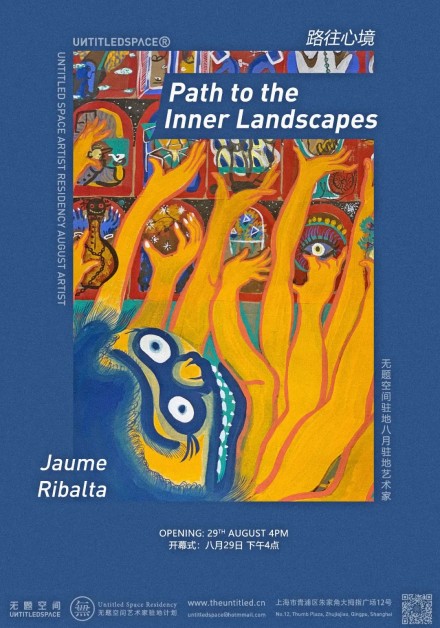
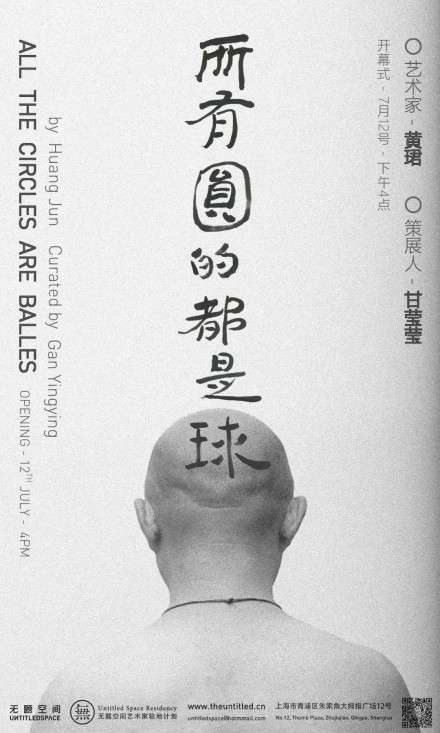
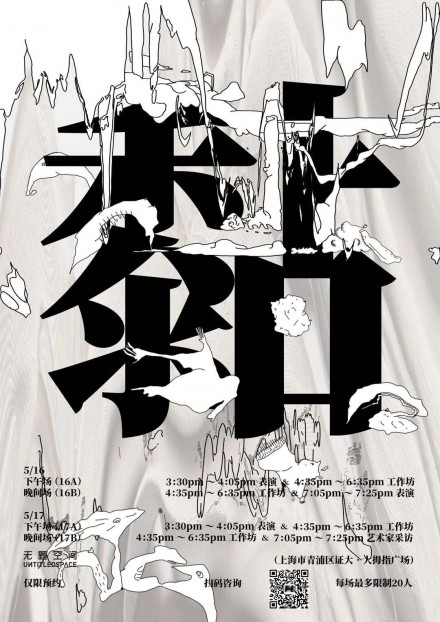
![[超]灾变论 [Hyper-]Catastrophe Theory 舜 Shun](http://www.acentricspace.com/wp-content/uploads/2024/04/wxsync-2024-04-17e42ddfe2087d093ffcdad3f414da34-440x625.jpeg)
